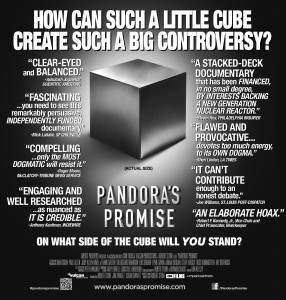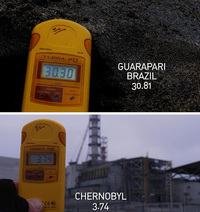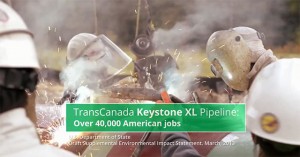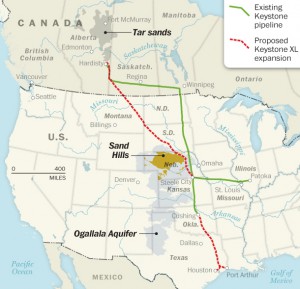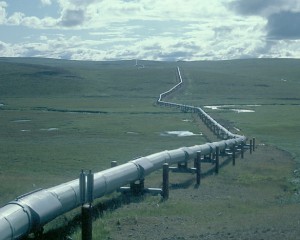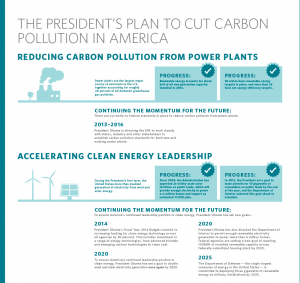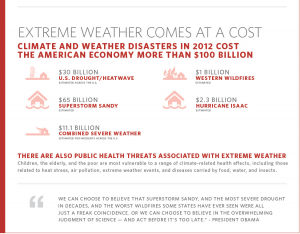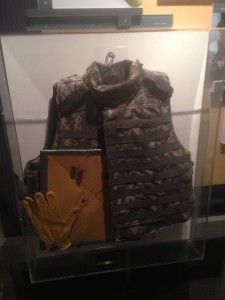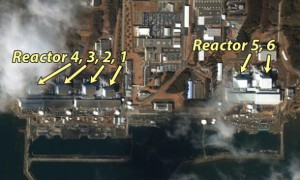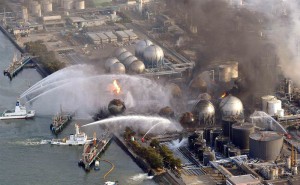The movie Pandora’s Promise, directed by Robert Stone in 2013, strove to provide details about nuclear energy, and promote the controversial form of energy, as a clean and efficient form. The film discusses how events like the Fukushima disaster, have completely cast a negative eye on the nuclear energy field, and the first thing one thinks about when thinking about nuclear energy, is danger.
Robert Stone discusses how nuclear energy can provide clean energy to billions world-wide safely, while efforts from wind, solar, and geothermal are not serving a fraction of the world’s population. The movie starts with a passionate display of hatred to nuclear energy, and wanting to shift to wind/solar energy, but these statements are done on the premise that nuclear energy is innheritly bad. It’s a controversial subject, and many feel that they’ll lose their credibility speaking in favor of nuclear energy, because the world thinks it’s a bad option.
Nuclear radiation scare people due to the perception we have been exposed to in our lives. The film actually shows people violently protesting the inclusion of nuclear energy in society–and how people tend to follow popular opinions that nuclear power is dangerous. Not until people talk to the actual scientists/physicists that are behind nuclear energy, do they alter their opinions. The common theme of nuclear energy are misguided statements, and fear of meltdowns. People do not take the time to get educated on the subject, and their personal opinions become forced facts, instead of seeking out the truth. The film explains that it’s impossible to just remove oil/natural gas from the equation and move completely to wind/solar/hydropower, it just isn’t possible to do in our society in the current timeframe. If China/Brazil/India and other highly populated countries will eventually become fully developed and need energy…which means we will double our global emissions by 2050–the only way to do is by nuclear energy on a massive scale. It can assist in sustaining the environment, and providing clean energy by removing the emissions we give out. Coal is the most-widely used energy in the world, and is the fastest growing globally, and these power plants kill 3 million around the world through greenhouse gas emissions. It’s mind boggling that nuclear energy is safer than solar panels, because they are toxic. Nuclear energy is 2nd safest behind wind energy. So why do people dislike this clean energy so much? There has not been one death from nuclear reactors in the United States ever. Bananas give you more radiation then water let off from nuclear power plants. The film shows people aggressively denying the truths behind nuclear energy. The film even explored Chernobyl, the site of one of the worst nuclear disasters in the world. A priest has been living there for over 25 years, and is fine. The levels of radiation there are even less than those in areas like Brazil. Fuel at the power plants can be continually recycled, and is occurring now. Whether the world will eventually come around to the benefits of nuclear energy will be determined in the coming years with rising global populations, and natural energy sources dwindling.
http://www.theguardian.com/film/2013/nov/07/pandoras-promise-review

